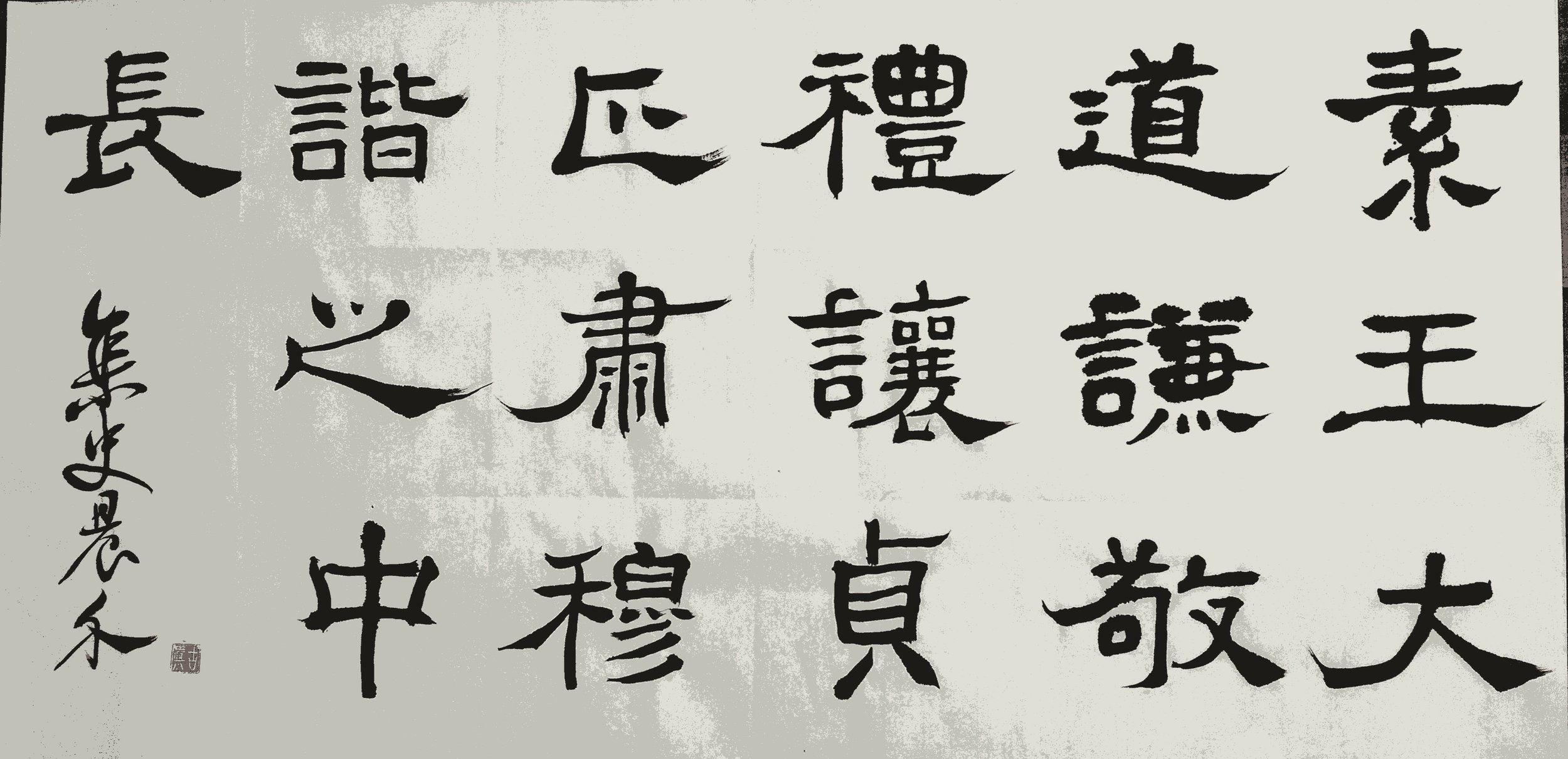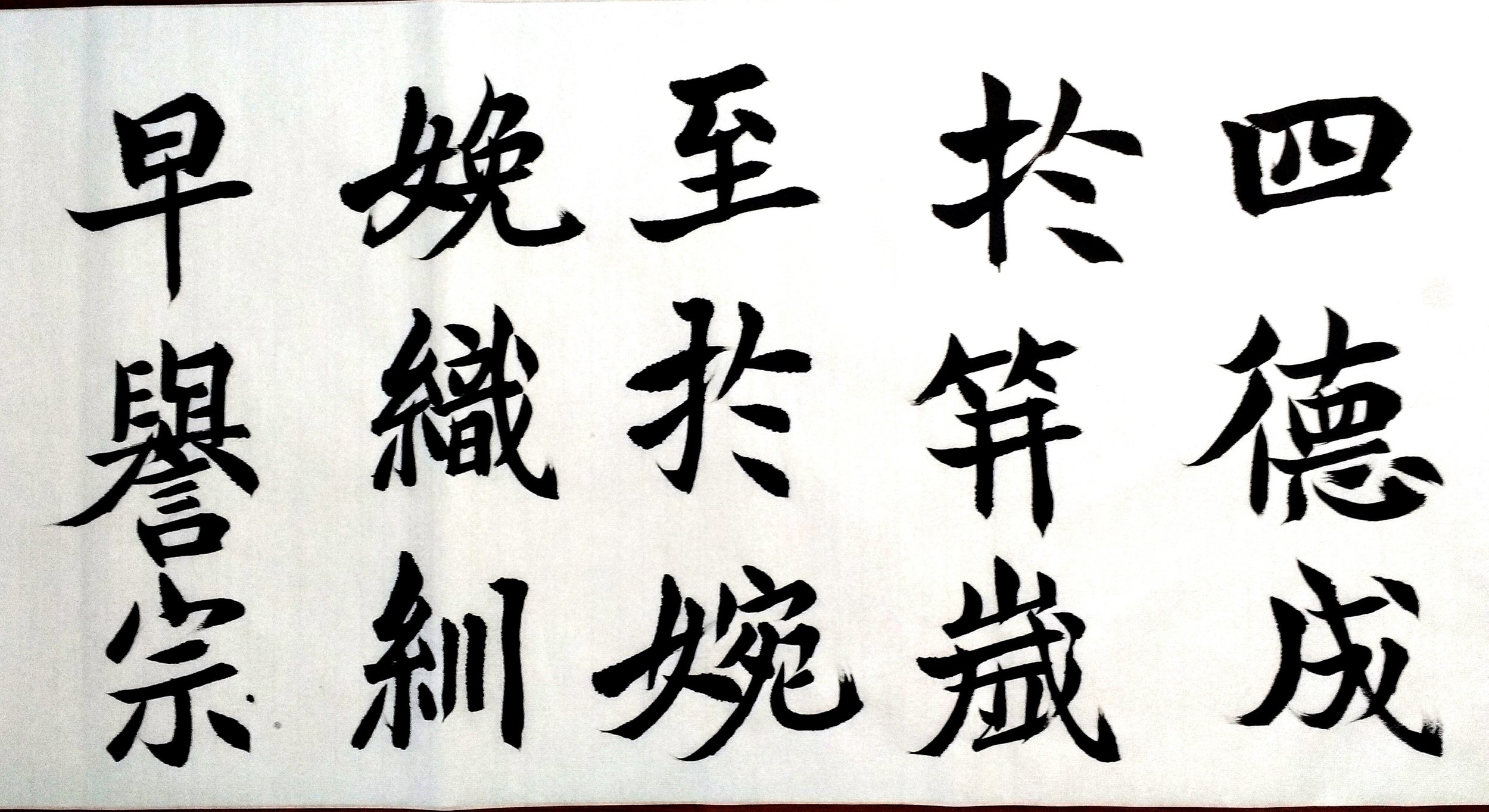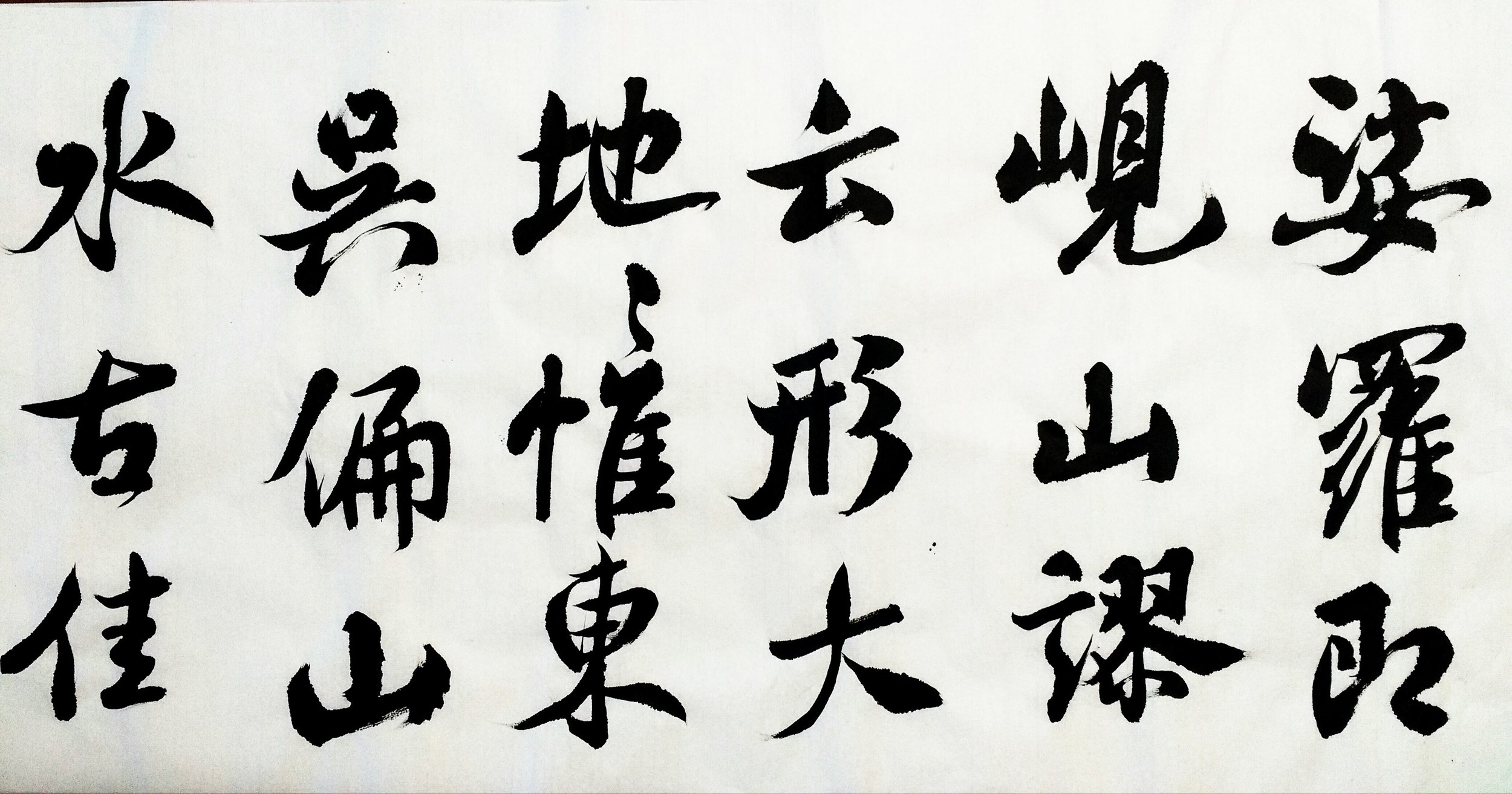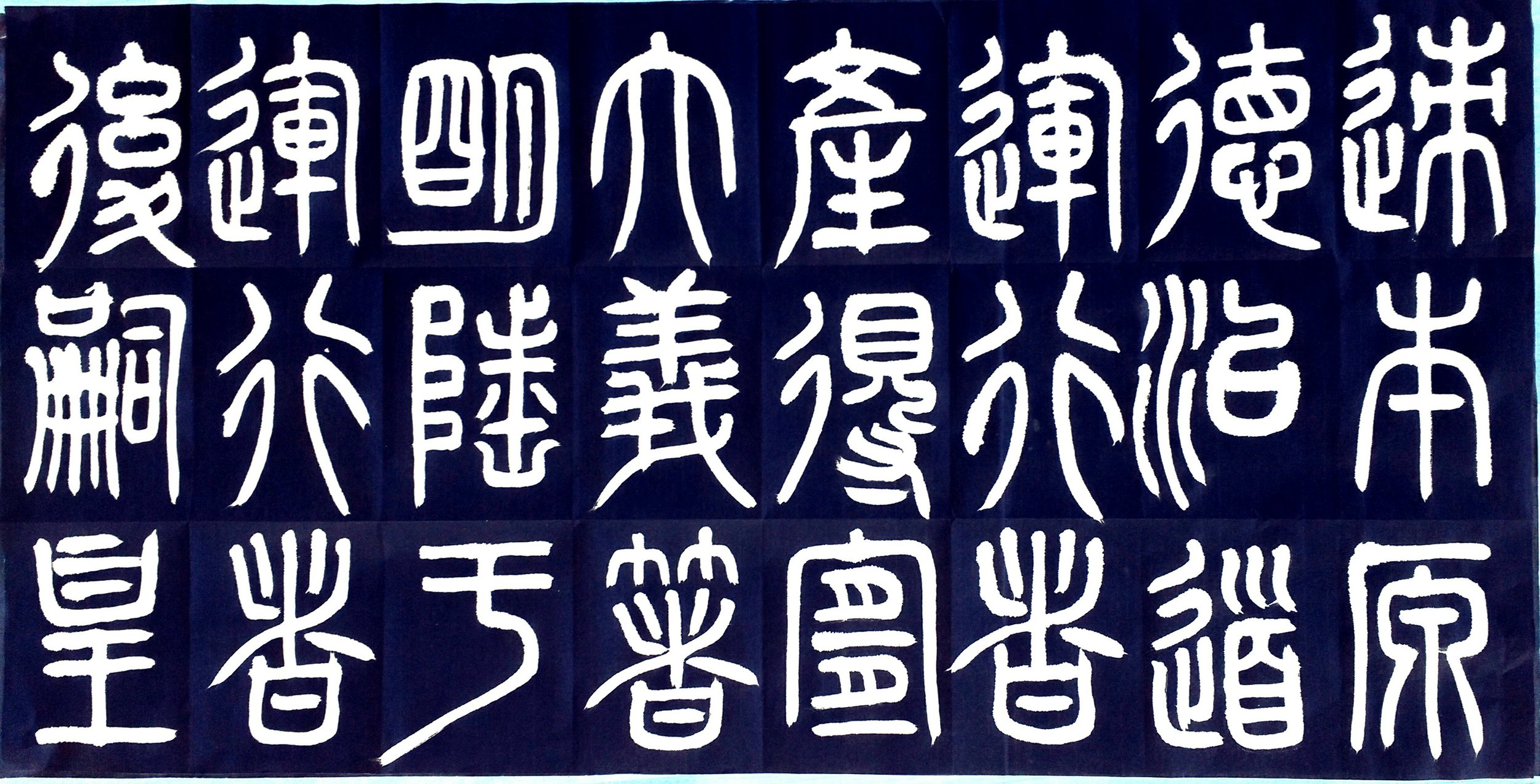


Welcome
The Art of Writing
Welcome
The Art of Writing
Yibo Gallery
Located in Hamilton, Yibo Gallery is the home of calligraphist ShiJie. ShiJie is the president of Chinese Calligraphy and Painting Association of Canada and the president of the Atlantic Calligraphers Association. He has dual master's degree. ShiJie has been practicing calligraphy since 1986, China. Since relocating to Canada, he has maintained his passion for Chinese calligraphy, establishing Yibo Gallery in 2008.
Attaining true mastery in calligraphy requires not only skill but decades of sustained practice. In order to maintain his skill, ShiJie practices writing 5,000 scrolls a year. As calligraphy is an art form that incorporates not only the visual, but also the physical and spiritual, ShiJie incorporates Tai Chi into his practice and is a unique Tai Chi calligraphist. His Tai Chi calligraphy combines mind and body, and uses brush movements to reach moving meditation. ShiJie is proficient in The Book of Changes, The Book of Odes, The Analects of Confucius, The Way and Its Power, and other Chinese Classics. Since 1986, he has mastered 5 calligraphic forms - regular/standard script, running script, cursive/grass script, seal script, and clerical script. To learn more about Chinese calligraphy and its various script forms, see the About page. To view ShiJie's collection of works, see the Gallery.
ShiJie has experience with various types of commissioned artworks, for various purposes and budgets. Whether you are interested in a simple written name, a tattoo, or a large scale artwork, we are able to accommodate. If you are interested in commissioning a custom calligraphic work, Contact Us for more information.

About
Calligraphy was considered the highest visual art form in traditional China. Calligraphy and painting originated simultaneously, as they use the same tools and techniques - ink and brush. However, calligraphy was revered long before painting. Ancient China was a culture devoted to the power of the word - not only in sound and meaning, but also in visual representation of nature and the self.
About
Calligraphy was considered the highest visual art form in traditional China. Calligraphy and painting originated simultaneously, as they use the same tools and techniques - ink and brush. However, calligraphy was revered long before painting. Ancient China was a culture devoted to the power of the word - not only in sound and meaning, but also in visual representation of nature and the self.
As Chinese Calligraphy is an art form, its aesthetic and expressive qualities are independent of literal meaning. This, one does not need to be able to read Chinese to understand and appreciate the art.
Each Chinese word is represented by a symbol, a pictogram known as a "character". Rather than being depicted through phonetic sound, the meaning of Chinese characters are expressed iconically. It is because of this unique attribute that Chinese calligraphy is, rather than a simple means of communication, a sophisticated art form with significant visual meaning. Traditional writings about calligraphy states that the very form of a character should reveal itself to be a moral exemplar, as well as a manifestation of the energy of the human body and vitality of nature itself.
This abstraction and representation is made possible by the flexibility and complexity of calligraphic tools - the brush and ink. By adjusting the concentration and amount of ink, the artist can represent perhaps a jagged rock with a dry effect, or the flow of water with a wet brush. A Chinese calligraphy hair brush, unlike a pen or flat brush, can create many effects - thin, wide, strong, delicate, two-dimensional, and three-dimensional - depending on its pressure and speed.
By virtue of its flexibility, the calligraphic brush is complicated, requiring thousands of hours of practice to master. With such mastery, the brush becomes an extension of the artist's arm - the artist's body. The wielding of the brush reveals not only the meaning of the word and the visual representation, but also the artist himself.
Thus, no two works of art are the same - they are influenced by the state of the artist, revealing attributes such as impulsiveness, restraint, elegance, and rebelliousness. Out of all the Chinese visual arts, calligraphy is known of conveying the most emotion and spirit of the artist. In fact, twentieth-century American Abstract Expressionists felt a kinship to Chinese calligraphers!
Throughout the history of Chinese calligraphy, five major styles have emerged. They are shown in the 5 images above. Respectively, the styles are seal script (zhuànshū), clerical script (lìshū), semi-cursive/running script (xíngshū), cursive script (cǎoshū), and standard script (kǎishū). Each script originated from various stages of Chinese history, and each requires a different set of skills and techniques to master.
To read more about Chinese calligraphy, click on this link to be redirected to the Met Museum.








